Guest post by Eric Mosinger and Kai Thaler.
Over the past two weeks, Nicaragua’s streets have exploded in a wave of protests and repression. After years of relative quiet, Molotov cocktails and barricades returned to cities and towns that were scenes of struggle in Nicaragua’s revolution four decades ago. The protests threaten the government of President Daniel Ortega, himself a former revolutionary whose Frente Sandinista de Liberación Nacional (FSLN) helped topple the Somoza family dictatorship in 1979. Yet Ortega and the FSLN have changed drastically since the Nicaraguan Revolution, and now Ortega faces his own mass insurrection. Why have politics in Central America’s ‘safest country’ suddenly turned deadly?
The immediate catalyst for the protests was the government’s announcement of social security reforms that would require higher pension contributions by workers and would increase healthcare costs for retirees. While initial protests by older pensioners and university students on April 18 were small and scattered, their violent suppression by riot police and Juventud Sandinista (JS19, or Sandinista Youth) mobs triggered the escalation to a national crisis. Images of elderly protesters being tear gassed and attacked spread rapidly, and the government exacerbated public anger with its response. Vice President Rosario Murillo, who is also Ortega’s wife, called the protesters “fake news, and fake people” and “vampires seeking blood to nourish their political agenda,” while Ortega accused student protesters of being “gangsters” and “manipulated” by outside powers. The government began cracking down harder as protests grew nationwide, restricting media and attacking reporters, deploying the military, and arresting police who refused to repress protesters. The government allegedly organized and paid its supporters to loot businesses in order to “sow chaos” and delegitimize protests.
Within three days, government violence had left dozens of people missing or imprisoned, over thirty killed, and hundreds more injured. Yet as repression fueled the protests further, Ortega began grasping for new strategies. The government retracted the social security reforms on April 22, and overt police violence ceased the following day. This was not enough to placate protesters whose outrage had shifted from social security reforms to police killings. Peaceful marches on April 23 and April 28 drew tens of thousands of Nicaraguans into the streets, with many openly calling for Ortega, Murillo, the Police Commissioner, and the Electoral Commission to resign. Ortega countered on April 30 by bussing his supporters and government employees to Managua for a pro-government rally. Elite dialogue efforts are moving forward, but students remain entrenched at universities and the political system is shaken.
Elite actors once close to Ortega have stepped away and supported the demonstrators. The powerful Consejo Superior de la Empresa Privada (COSEP, or Superior Council of Private Enterprise) business lobby repeatedly called for dialogue and criticized the government response. Though religion has been a cornerstone of the Ortega regime’s “cristiana, socialista, y solidaria” (Christian, socialist, in solidarity) coalition, Catholic leaders have outspokenly opposed the government crackdown. The Cathedral in Managua sheltered student demonstrators (echoing church occupations during the revolutionary struggle in the 1970s); the Episcopal Conference called on the government to end repression and retract the social security cuts; and Bishop Silvio Baez called the youth “the moral compass of this country…in pursuit of a just cause,” and said any national dialogue should aim for “democratization.”
While social security reform may have provided the spark, the sudden uprising reflects long-term shifts in Nicaraguans’ attitudes towards the Ortega regime. The protests took many observers of Nicaraguan politics, including ourselves, by surprise. Nicaragua has remained relatively free of violent protests since 2008-9, when large-scale demonstrations broke out after alleged electoral fraud and court rulings permitting presidential re-election. Anti-regime protests had been small and diminishing, with political resignation reigning among the public.
Several recent missteps, however, have undermined popular support for Ortega’s government. The fraudulent 2016 elections were marked by government efforts to suppress opposition parties, while First Lady Rosario Murillo’s elevation to vice president raises the specter of a family dictatorship, echoing the 20th century Somoza dynasty. Furthermore, the notoriously corrupt chair of the Supreme Electoral Commission, Roberto Rivas, recently came under investigation in Costa Rica for alleged money laundering; Nicaraguan media portrayed Rivas’ ill-gotten wealth as his reward for rigging elections for Ortega. Vice President Murillo’s efforts to censor social media, and the suppression of protests decrying the government’s clumsy response to a fire in the Indio Maíz Biological Reserve, have raised additional concerns about creeping authoritarianism.
Even if the ongoing protests fail to topple the Ortega-Murillo government, they will likely have a long afterlife, redefining Nicaraguan politics for years to come. Most importantly, the protests reveal just how deep anti-regime sentiment runs, and how shallow Ortega’s support may be. As journalist Carlos Chamorro writes, “Ortega and his backers lost the monopoly of control of the streets,” which will help future protests to snowball quickly.
Second, the protests activated powerful mobilizing frames of revolutionary popular resistance that are deeply rooted in Nicaraguan history. Indeed, the largest and most combative protests occurred in traditional Sandinista strongholds like Monimbó, León, Estelí, Masaya, and Matagalpa. Rather than rejecting the FSLN’s revolutionary imagery, the protesters have appropriated it for themselves. In Monimbó, protesters have donned the masks and thrown up the barricades for which the barrio became famous in 1978, while elsewhere protesters have chanted the FSLN’s revolutionary slogans (“Patria libre o morir” and “¡Que se rinda tu madre!”). As one Sandinista told journalist Tim Rogers, “The difference is we’ve had a successful revolution before. Thirty percent of the country is old enough to remember that moment. We know how to do this.”
Eric Mosinger is a Visiting Assistant Professor of Political Science at Macalester College. Kai Thaler is a PhD Candidate in Government at Harvard University. From July 2018, he will be an Assistant Professor of Global Studies at the University of California, Santa Barbara.

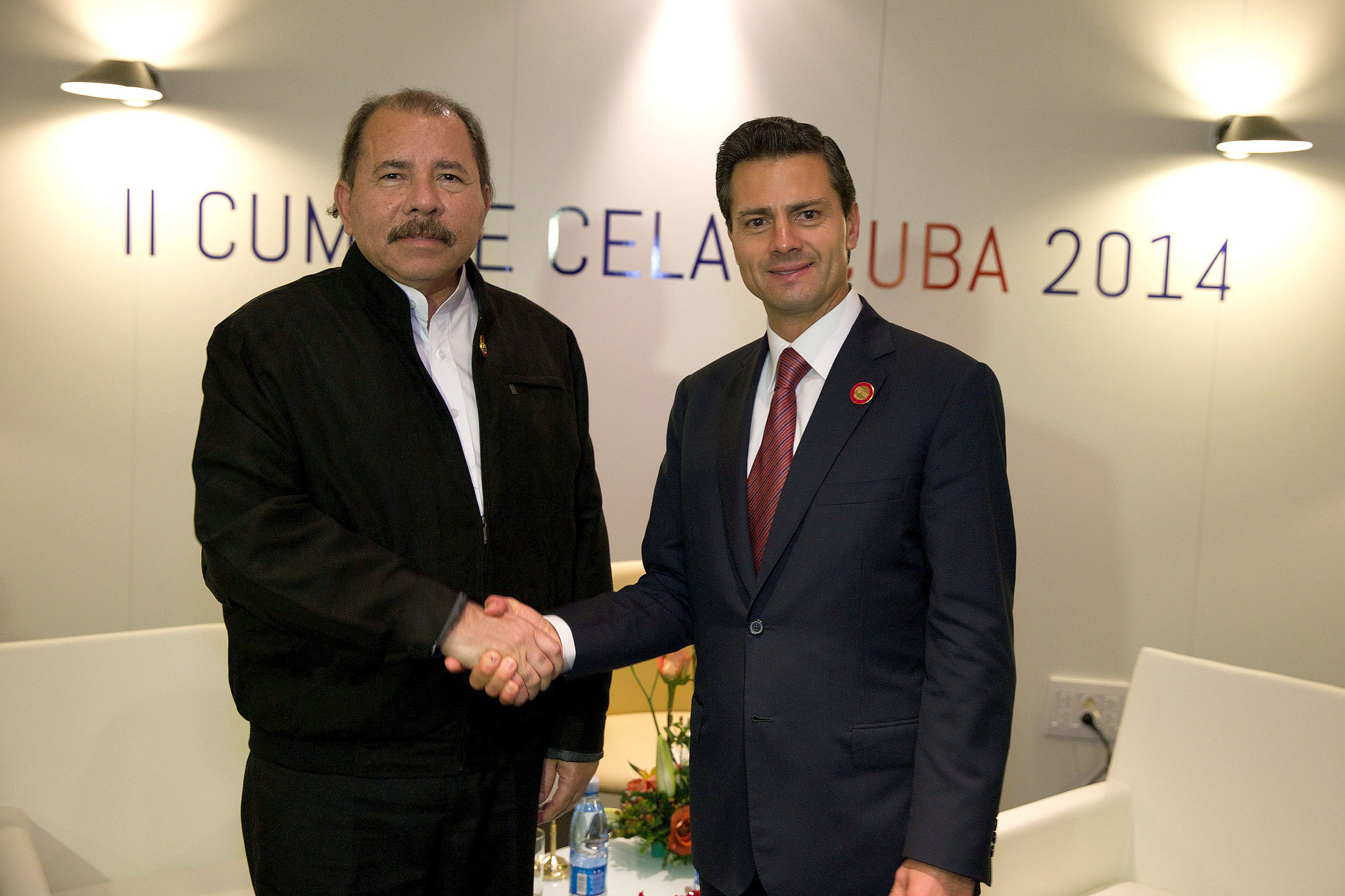
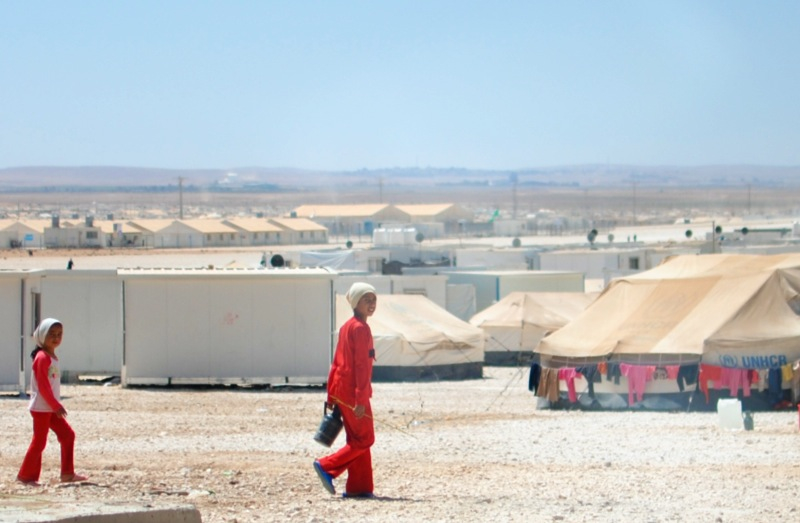

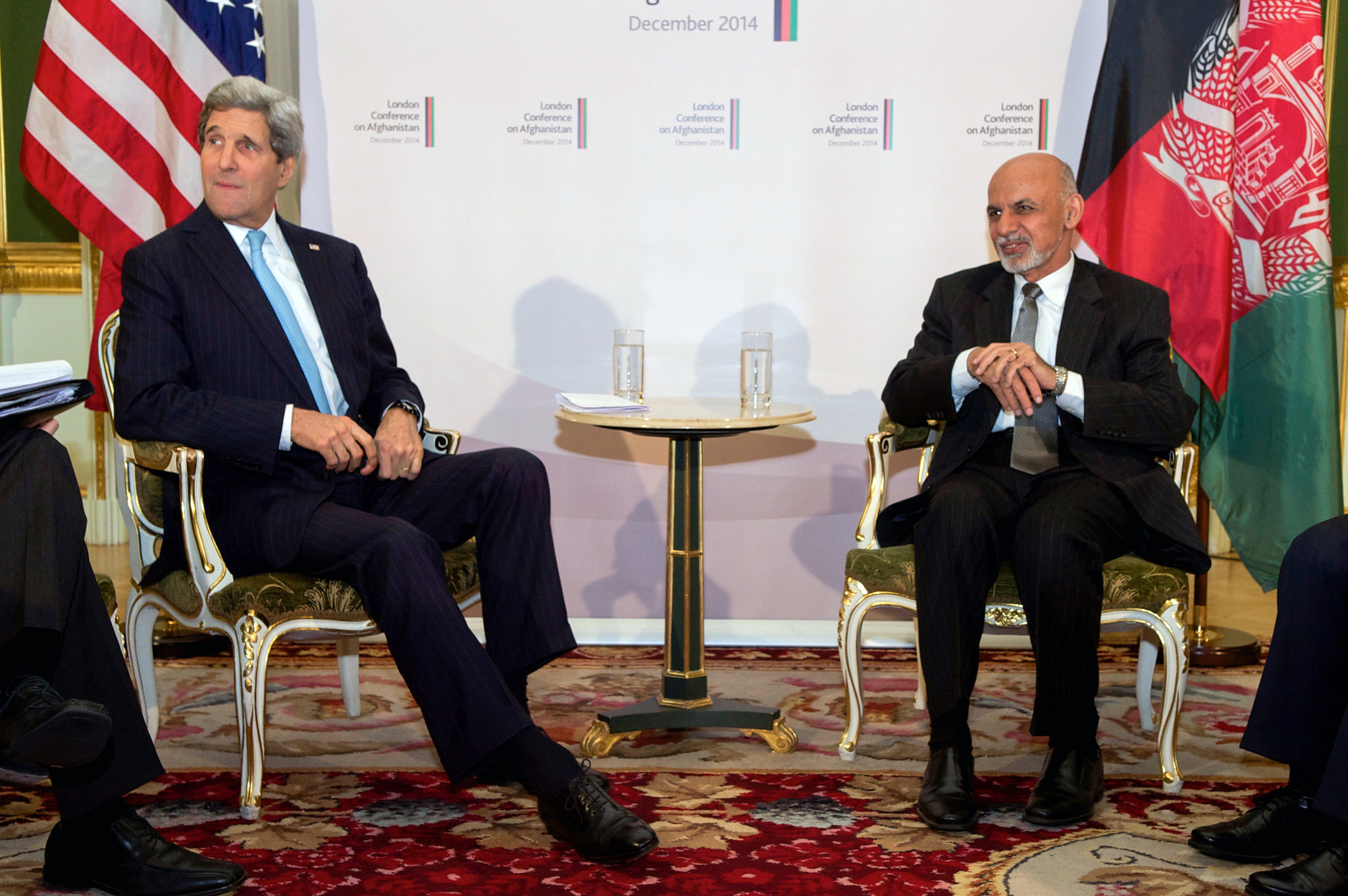
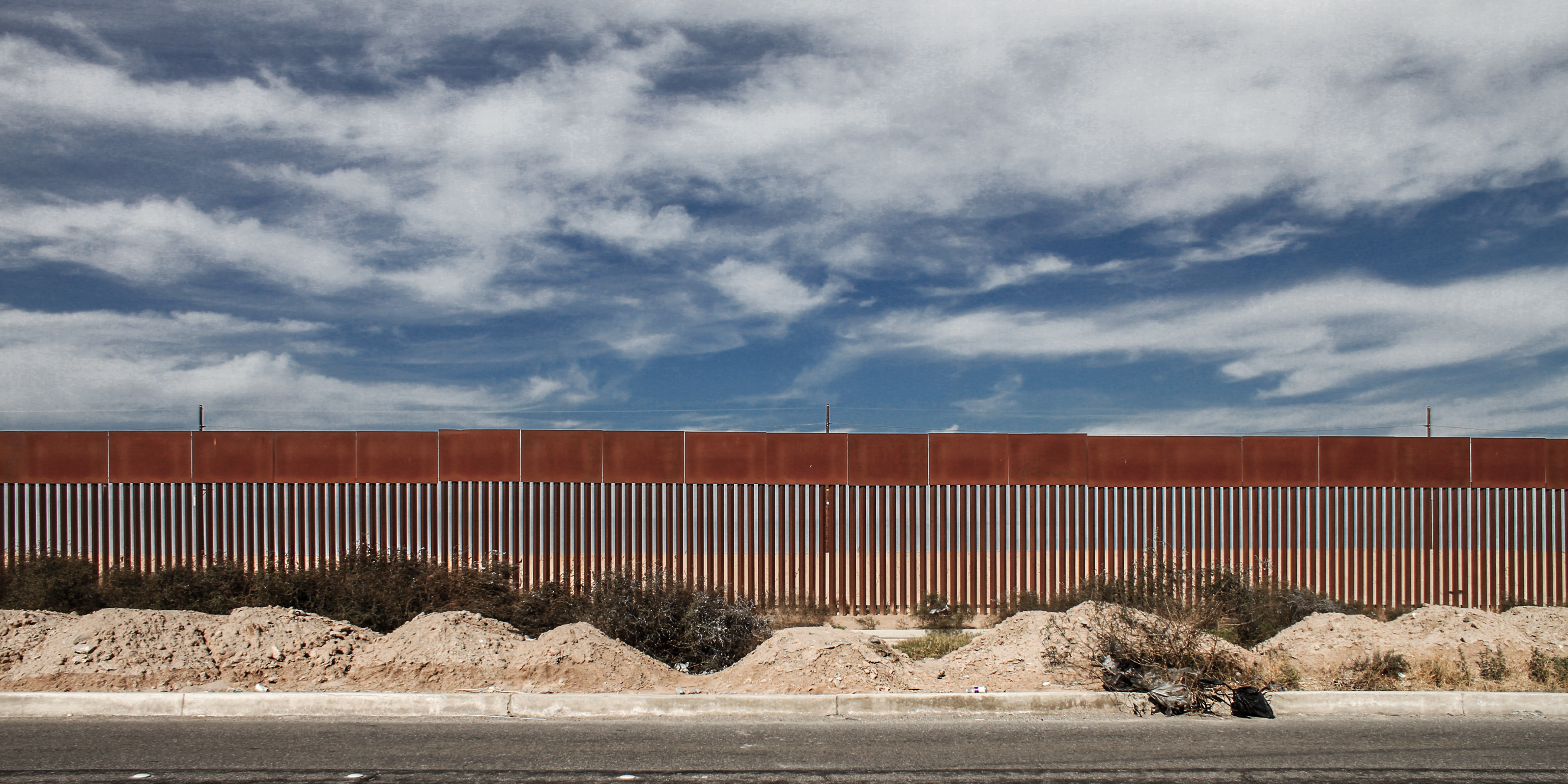
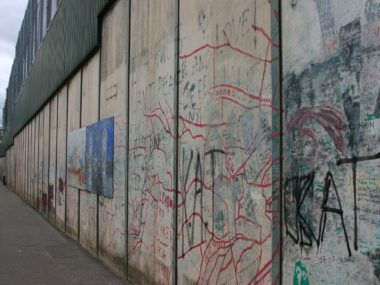
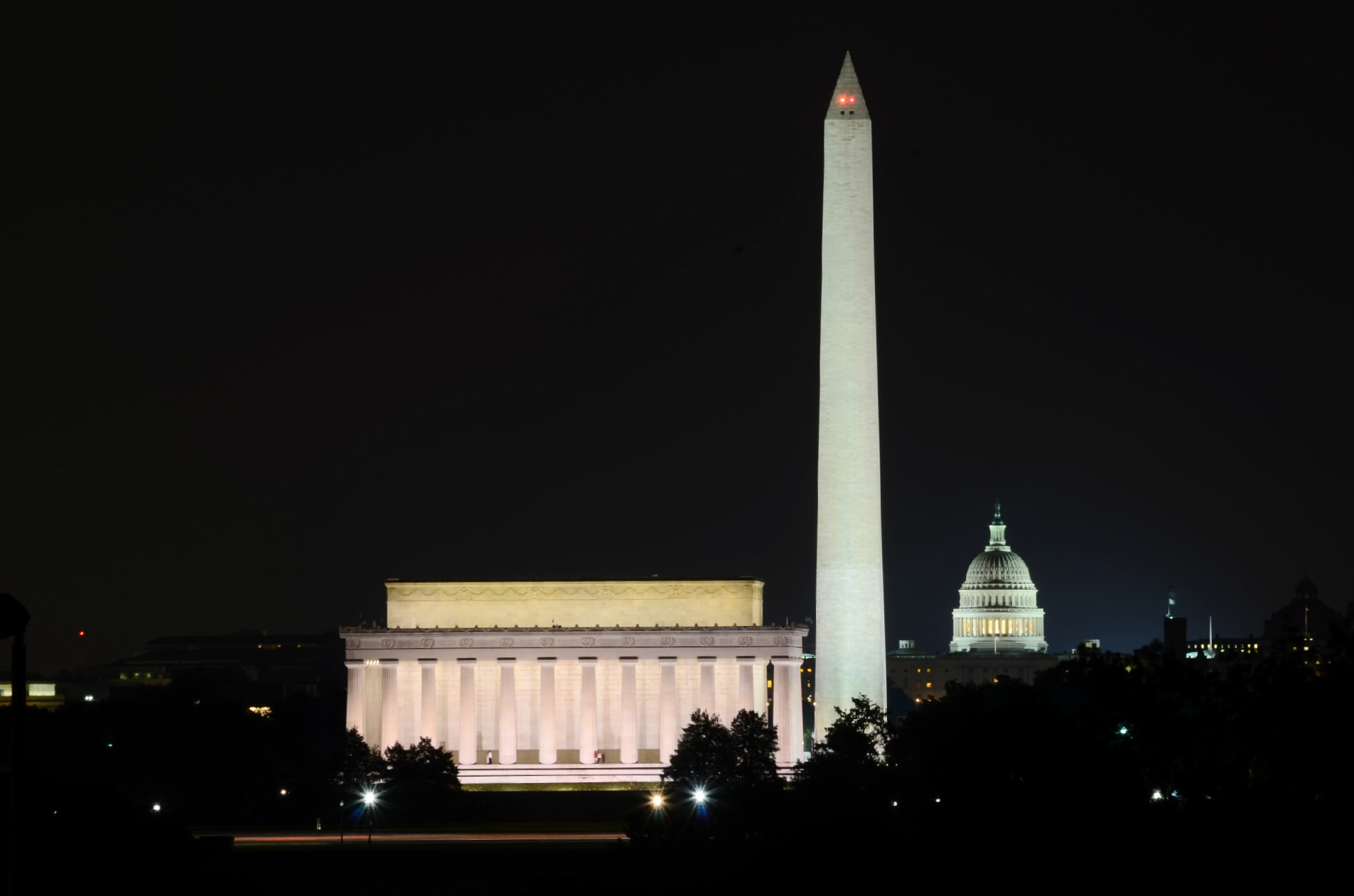
1 comment